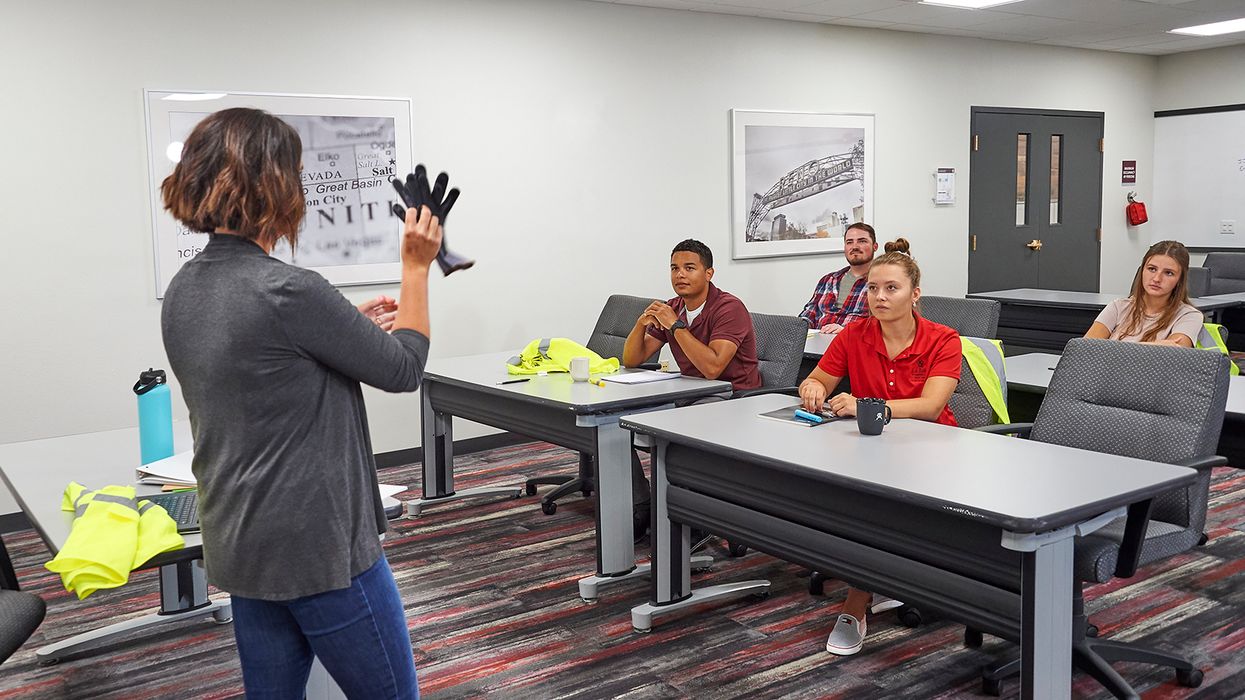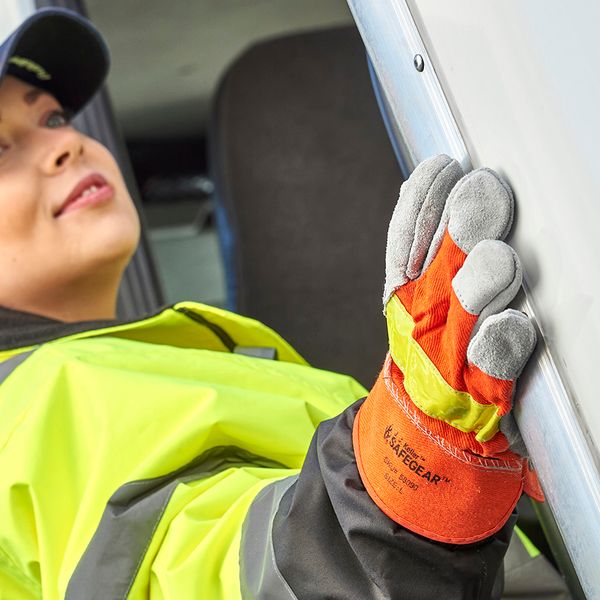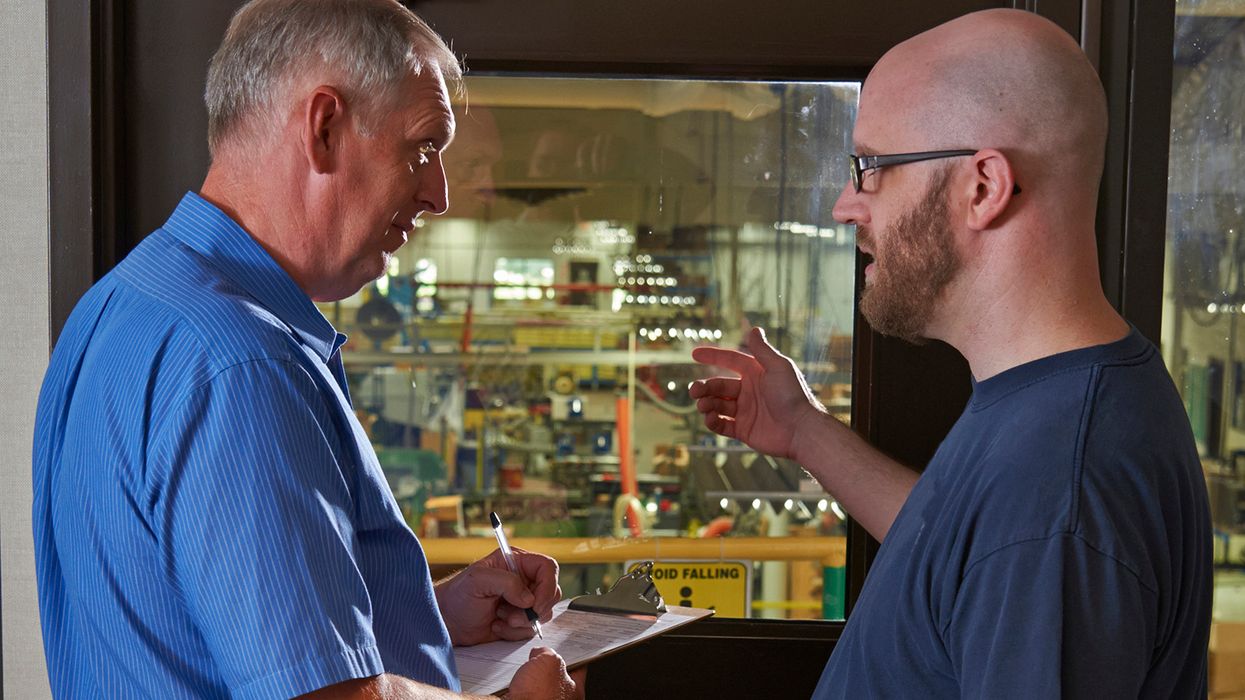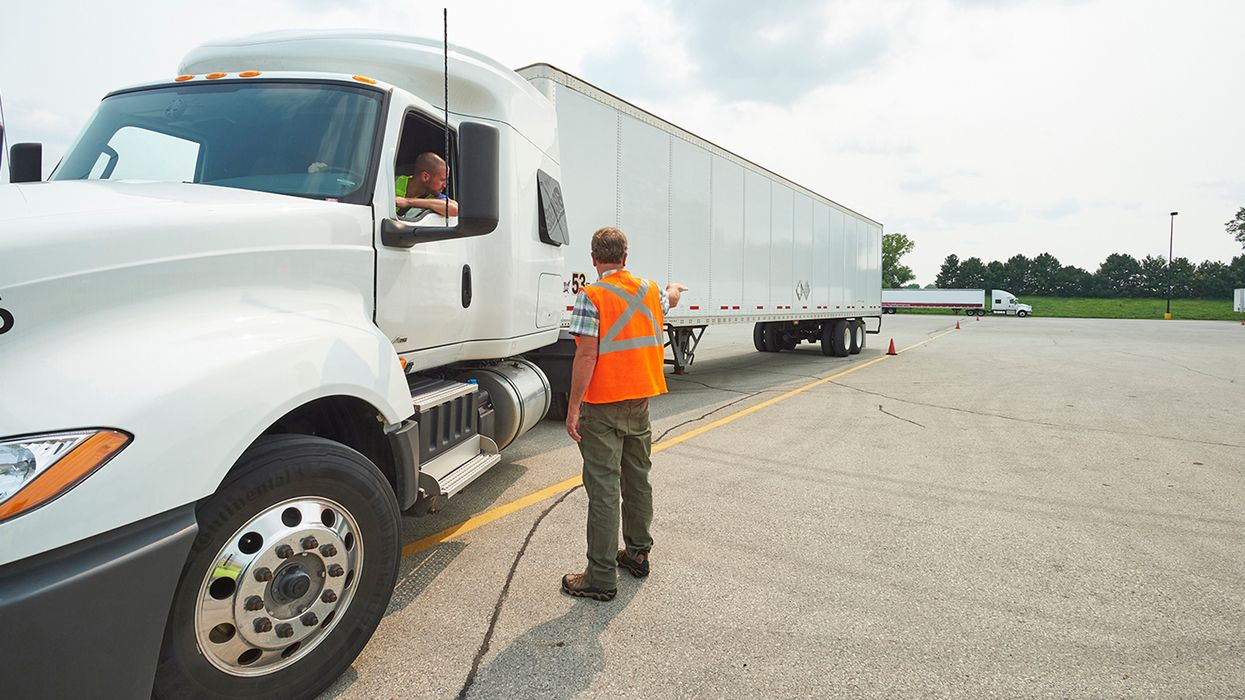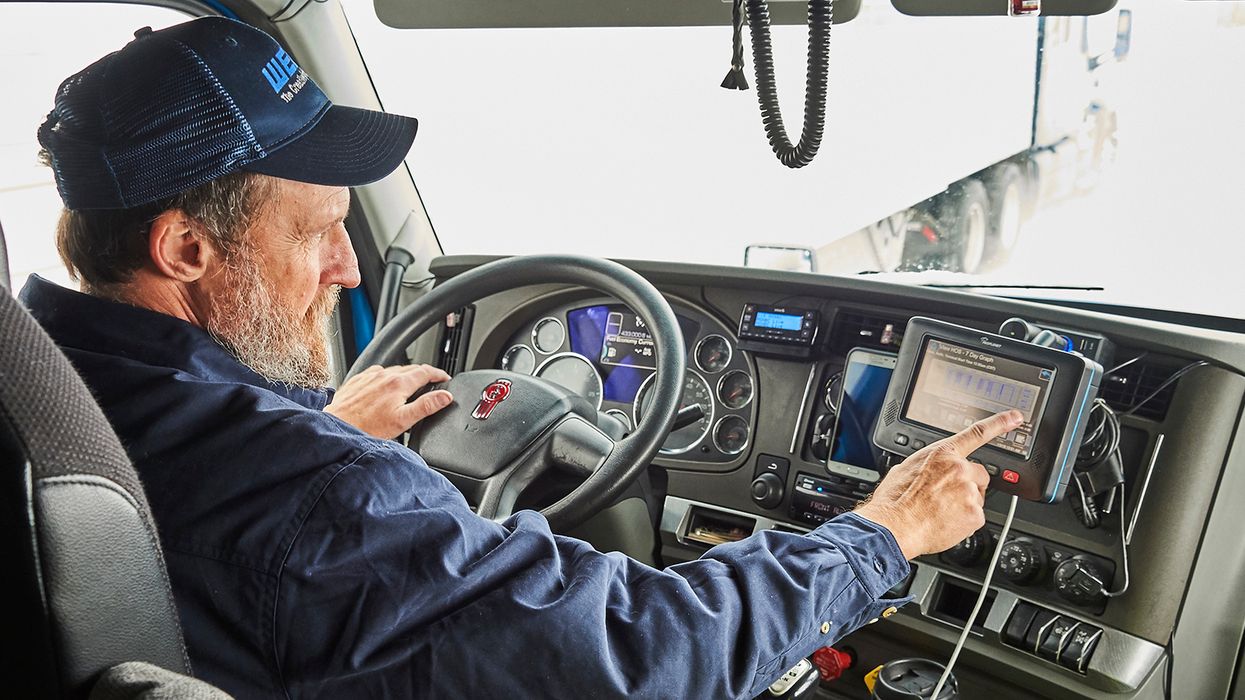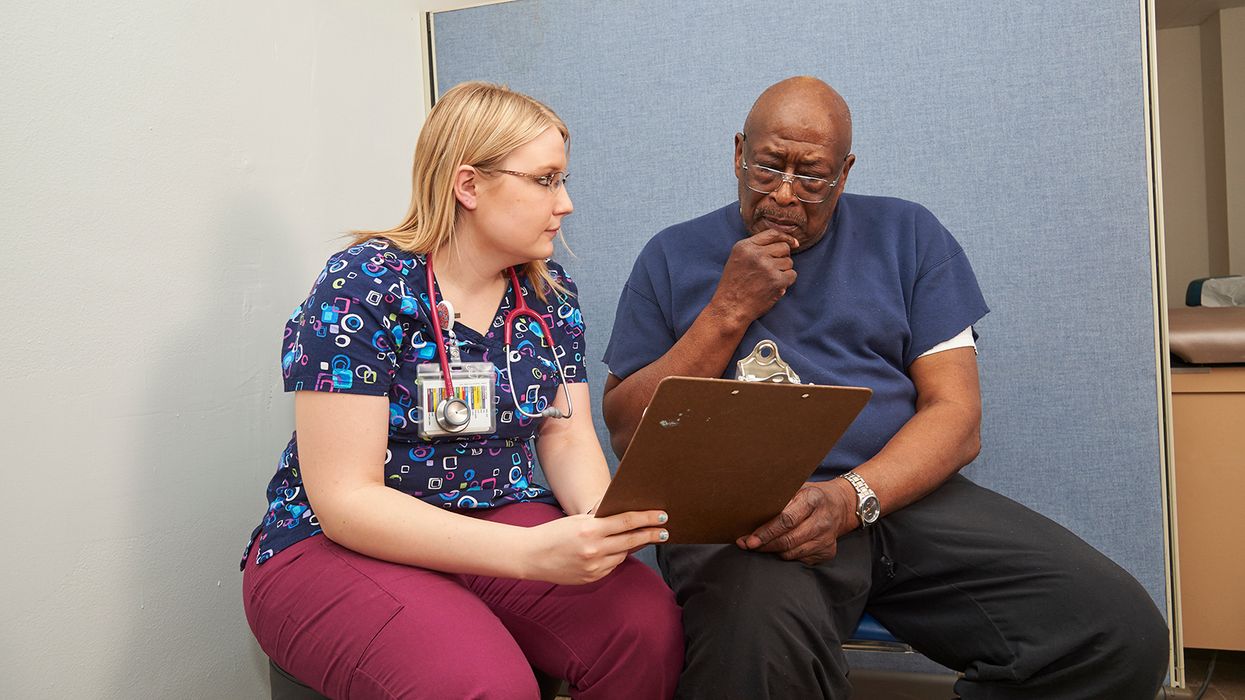Universal PPE fails to address fit and comfort for women in the workplace
Did you know that in 1994, a commenter to a proposed update to OSHA’s general industry Personal Protective Equipment (PPE) standard suggested that OSHA require PPE to fit properly? Well, OSHA agreed, noting that males constituted most of the workforce in the past, and PPE was sized accordingly. As more females entered the workforce, they often had to choose between wearing PPE designed to fit males or not wearing PPE due to improper fit and subsequent discomfort.
On December 6, 2024, the Office of Management and Budget (OMB) approved OSHA’s new PPE rule for the construction industry, officially published in the Federal Register on December 12. As of January 13, 2025, employers must comply with these updated guidelines, which now require PPE to fit properly.
Women in construction
In celebration of Women in Construction (WIC) Week™ (March 2-8, 2025), a time to recognize and promote the vital role of women in construction, it’s important to reflect on how far we've come—and how far we still need to go—regarding workplace safety.
Since women now account for a larger percentage of the workforce than ever before, OSHA revised 1910.132(d) to add proper fit as a criterion for personal protective equipment (PPE) selection. Fast forward nearly 30 years and progress in the PPE space regarding proper fit is still lacking!
In 2021, the Bureau of Labor Statistics reported that women comprised nearly one-third of the manufacturing workforce and roughly 11% of the construction workforce, collectively accounting for nearly 47% of the total working population in the United States. WIC Week serves as a reminder of the importance of addressing these challenges to ensure a safer and more inclusive work environment for all.
Survey says
Did you know that J.J. Keller’s Center for Market Insights conducted a PPE pain points study in 2024? According to the survey, three-quarters of respondents reported no issues finding PPE in the sizes they require. However, nearly one-third mentioned occasionally struggling to find PPE that fits female employees properly. Among those facing difficulties, 55% had trouble finding larger sizes, while 52% had difficulty finding smaller sizes than what is currently available.
Head and face
Men and women differ in their skeletal structure; women frequently have shorter heads and broader faces. Suppose employers overlook these differences when selecting hard hats, face shields, welding helmets, and safety glasses/goggles. In that case, they may inadvertently purchase equipment meant for a man that will undoubtedly create an ill-fit if worn by a woman.
Ill-fitting PPE can feel bulky and unbalanced to the wearer, even when adjusted according to the manufacturer. They can cause pinch points, headaches, and neck and shoulder strain. Improperly sized PPE in the head and face area can also create gaps in coverage, allowing debris to enter the eyes. Wrong-sized safety glasses can slip down the face and more easily fog up, creating soreness in the temples. This can all lead to worker distraction, loss of productivity, and removal of PPE altogether.
Torso
Select PPE with the proper size for each employee in mind. Women typically have shorter legs and longer trunks compared to men. Workers may need a full body harness, cold weather coveralls, a welding coat or disposable coveralls, a chemical splash apron, or FR shirt and pants.
Items not properly worn (due to sizing or other issues) can make the difference between the employee being safely covered or dangerously exposed. Oversized PPE may “drown” the worker in excess material, creating new hazards such as loose clothing caught in machinery or overheating in warmer conditions.
Hands
To be effective, PPE must protect against the hazard and be worn consistently and correctly. Oversized hand protection (i.e., gloves) can create a loss of dexterity. If it is too small, you risk causing undue pressure on the hands and increased sweat, which can lead to fatigue and related injuries.
Feet
Safety shoes and boots designed for a man but worn by a woman cannot guarantee the required level of protection. In one sense, all safety footwear is meant to protect against corrosive materials, electrical hazards, heavy objects, punctures, or molten metal.
However, the risks of poorly fitting footwear can lead to repetitive strain injury, poor posture, plantar fasciitis, fallen arches, and flat feet. Over time, workers can develop secondary injuries to the knees, hips, spine, and even the neck.
Regardless of the specific body part, overall, men and women differ in size and shape. Employers must shift their mindset from offering universal fit and the generalities of small, medium, and large. It simply is not working.
Key to remember: As more females entered the workforce, they often had to choose between wearing PPE designed to fit males and not wearing PPE due to improper fit and subsequent discomfort. Select PPE with the proper size for each employee in mind.

